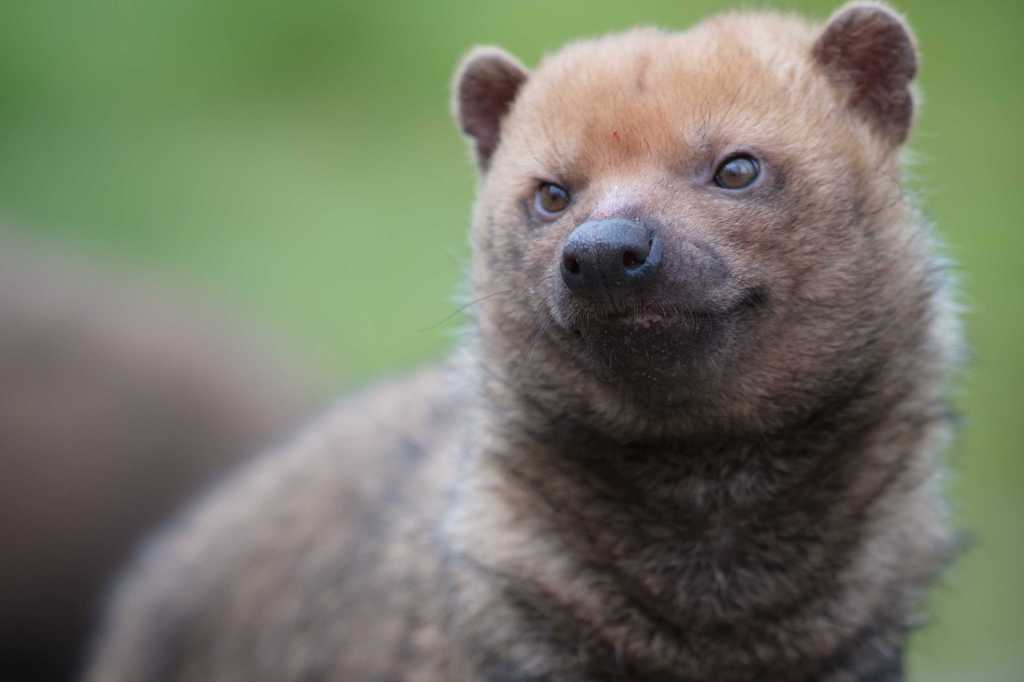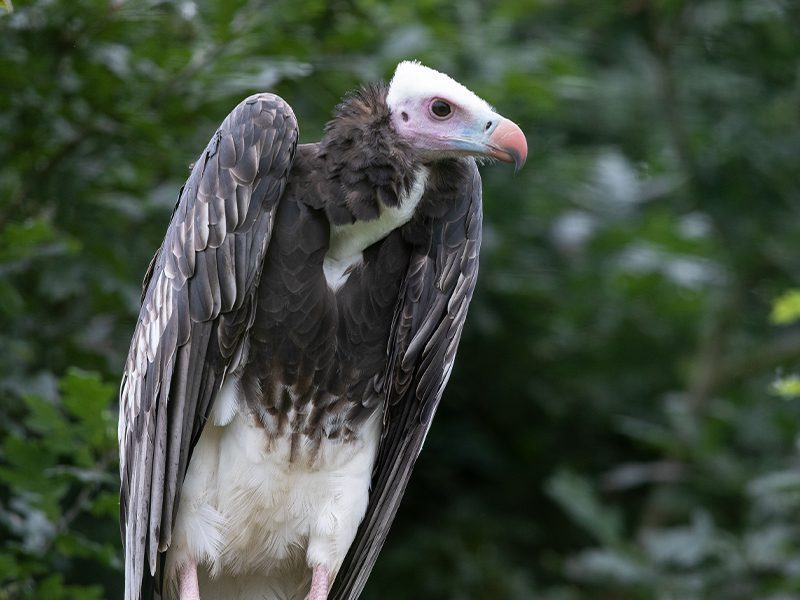
Popular Searches

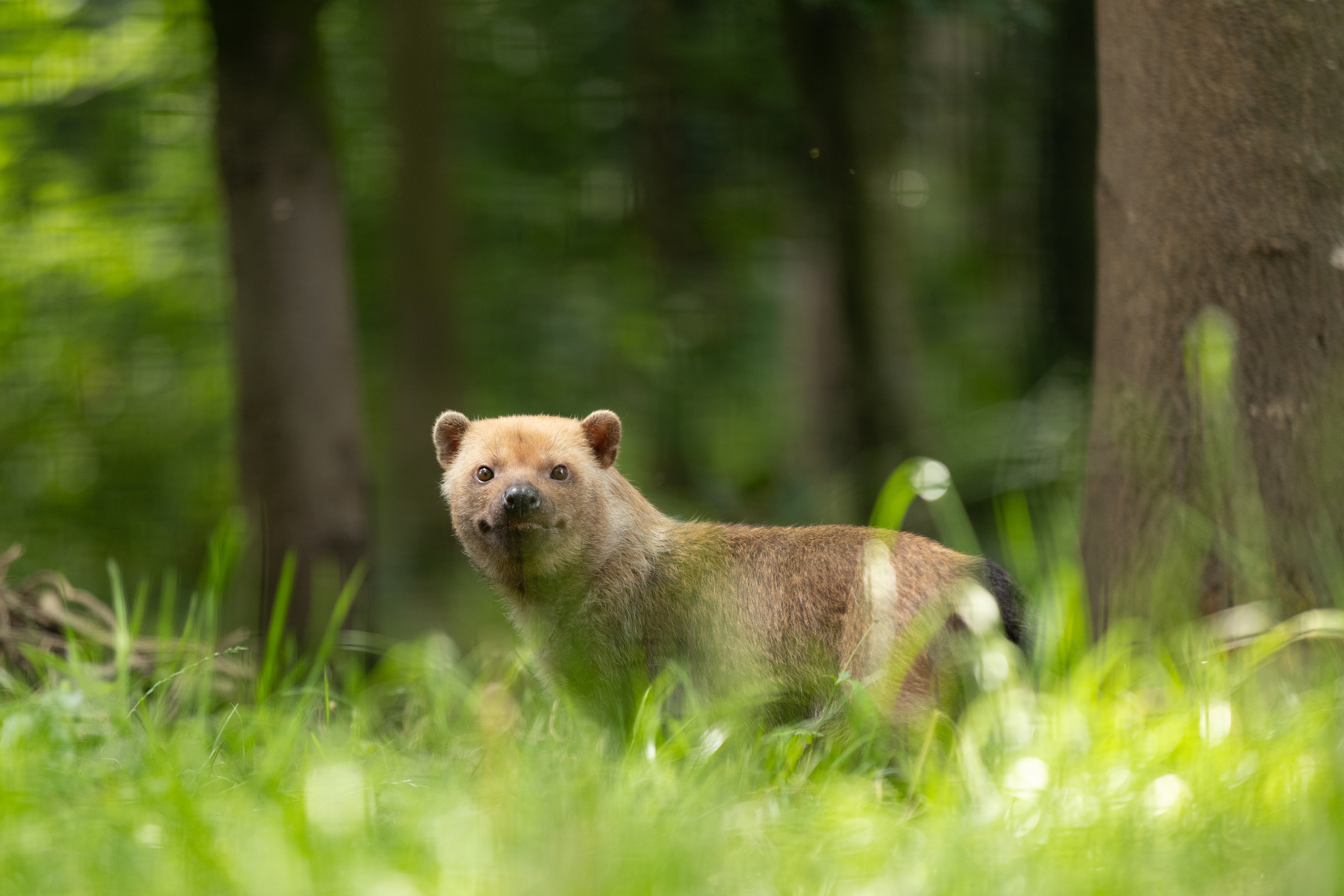
Zoo news – March 2025
We had a very fun filled month in March with lots of preparations for opening weekend! From new substrates in the Meerkat enclosure to training sessions, of both our keepers and animals, as usual the zoo was a hive of activity.
Bird training: Our Bird of Prey team have been working hard to prepare for the World of Raptor Displays.
Even though the Park is closed that doesn’t mean the work stops for us! For example, our amazing World of Raptors team are currently training our birds of prey for the upcoming 2025 season. Not only is it good practice for the display but it also serves as an important form of enrichment, giving the various birds of prey the opportunity to flex their muscles and minds and to exhibit natural behaviours. We’re looking forward to your visit to see these magnificent animals and zookeepers!

Harris’s Hawks & Siomha – Photo credit: Michael English

Jack and one of our Harris’s hawks – Photo credit: Michael English

Our Secretary bird, Rodney in training – Photo credit: Shona O’Connor
Zookeeper training presentation: Our Zookeeper Rebecca presents as part of a global summit!
On the 17th of March I had the amazing opportunity to give a presentation on training Bushdogs as part of Barbara Heidenreichs G.O.A.T.S (Global online animal training summit).
During the presentation I spoke about how the training journey began with our bushdog pack, how I get started with training a behaviour and some of the challenges we’ve overcome along the way. With plenty of videos and pictures, I was able to show how I went from teaching our breeding female “Missy” how to take food from a forceps to teaching her how to open her mouth on cue, receive injections and have her nails clipped.
I shared my experience training with the puppies, who were born last June, and how working with animals in protected contact (there is always a barrier between you and the animal) means that you have to get creative with how you train.
I really enjoyed being able to speak about these cool little animals and share my knowledge with other likeminded animal professionals.
Written by Zookeeper Rebecca Tull
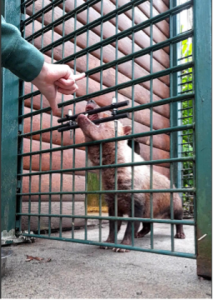
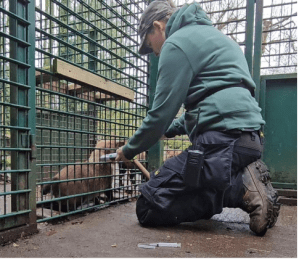
Rebecca training Bushdogs Rogue and Missy – Photo credit: Rebecca Tull
Contraceptive implants: Ensuring the best reproductive health for our Sulawesi crested Macaques
Zoos play an essential role in conservation through a wide range of activities and maintaining genetically diverse populations of animals is just one part. This means that we must be sure that there is no unregulated breeding.
Different methods can be used to regulate breeding such as separation of individuals, which for social species like our Sulawesi crested macaques (Macaca nigra) can cause stress and so this method is not preferable.
For this species we use contraceptive implants, which is a long-lasting and reversible method that allows the animals to live together but without the risk of unexpected offspring!
The implants are surgically placed into the arm of the female macaques and work by supressing estrus, preventing ovulation.
We can select which animals breed, even pausing breeding of the entire group for a period while younger individuals grow and mature. When they move on to other collections the main breeding group may be taken off their implants to breed again. Currently all our female macaques have received their contraceptive implant.
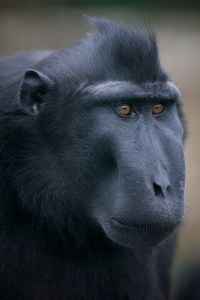
Spot that species: Spotted on site is up and running again for the 2025 season
Spotted on site is starting up again! This is a project run by BIAZA (British & Irish Association of Zoos and Aquariums) in collaboration with iNaturalist with the aim of recording all of the naturally occurring organisms throughout member institutions.
This project provides a wealth of essential data to aid in native biodiversity studies, allowing us to identify hotspots and focus in on areas to increase biodiversity.
Since the project started in the summer of 2024, over 2,500 observations have been made, with over 650 different species identified here, in Emerald Park.
The most common observations have been ivy, robins, frogs and shaggy mane mushrooms.
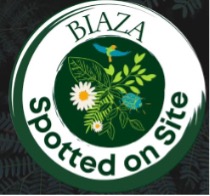
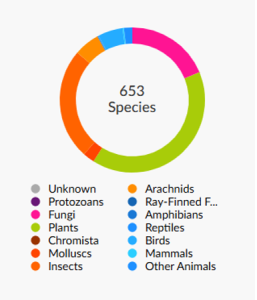
To join in, can search on the iNaturalist app for “Spotted on site at Emerald Park” and add your observations, to help the park and local wildlife thrive!
Meerkats get a renovation: New substrate in the meerkat habitat
Meerkats (Suricata suricatta) are excellent diggers, you may have seen our own meerkats digging when you visited last.
One way to encourage natural behaviours is by provide them with sand, they will eagerly dig burrows not only as a method of den construction but to forage for food also.
In the wild meerkats will spend much of their time digging in sand and soil, as well as breaking open rotting wooden logs in their search for tasty insects and scorpions.
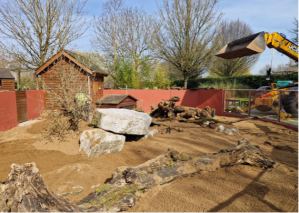
New sand being added to the Meerkat habitat. Photo credit: Anthony Byrne
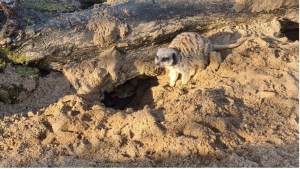
One of our meerkats enjoying the new sand. Photo credit: Michael English
Spring has sprung! Frogs are leaping into the season with a spring in their step!
Over the years Emerald Park has provided shelter to local Frogs (Rana temporaria), one of Ireland’s most charismatic creatures! This time of year you may spot them, making their way to ponds and other bodies of water to spawn.
The zoo team have spotted lots of frog spawn in the lakes, these jelly-like clusters can have a clutch ranging from of few hundred to five thousand eggs!

Frog spawn, image credit: Michael Senior Education Officer
If you do find any clumps of frog spawn it’s best to leave it undisturbed, frogs are a protected species and are sensitive to changes in their environment.
One thing you can do is report your sighting to the Irish Peatlands Conservation Council (IPCC) Hop To It National Frog Survey.
Thanks for reading. Check back next month for more zoo updates!
The Emerald Park Zoo Team



